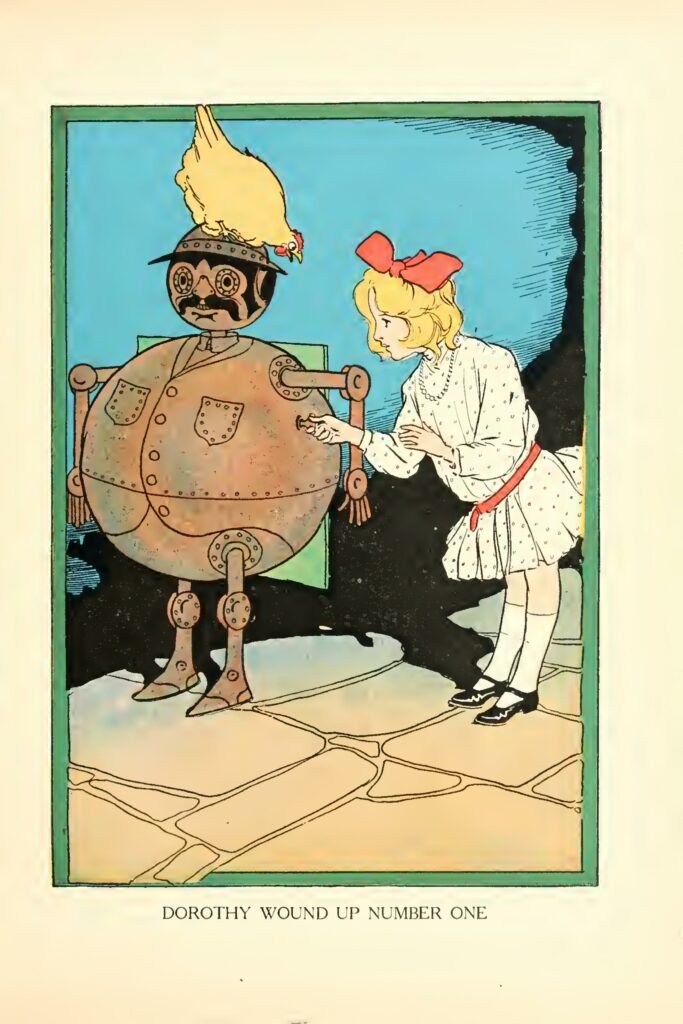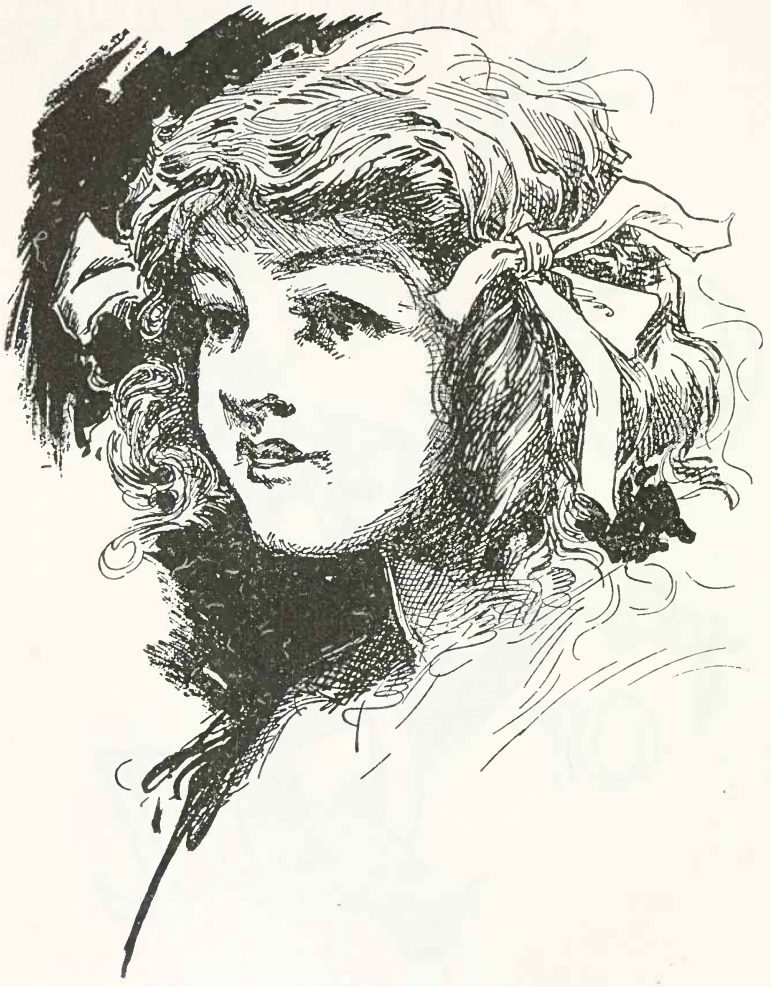In my estimation, the Oz books are consumer products written primarily to make money and not out of artistic passion. This is not to say they are without craft or thought, just that this is not the core of the enterprise. The Oz series’ often careless plotting and structure and even more careless inconsistencies reflect this mercenary nature, the intention to use the books as disposable goods to spin off into plays, movies, comics, and any other way to turn a buck, and then be forgotten about. Perhaps the characters are shallow because the main role of each is to be a marketable name and design. That Baum, like a machine part, was immediately replaced with another writer who would pump out even more Oz novels than he did further suggests that the IP was a cash cow product first and any meaningful artistic work second.
In addition, his other writing proves that Baum was definitely racist (I would mention the name of one of his nursery rhymes, but just the title might get me in trouble). If his notorious pro-genocide columns are taken as sincere (some claim they are satirical), then Baum was perhaps more racist than usual for his day. I feel comfortable showing the degree of support for these novels that I have only because the racism, in my estimation, is for the first time ever present in their text only in the seventh book and because Baum is long dead and thus unable to benefit from any way I could be perceived to promote his work. This is even more true when every book I have discussed is already free online. There are Oz fans and people with nostalgia for these books from their childhood, and I respect that. But I feel little admiration for Oz.
Despite these misgivings and harsh criticisms, my emotions about the Oz series are mixed. The novels are often underwhelming, but even so or because of their flaws, I still find in them a peculiar magic. The wild inconsistency almost allows the reader to project their own canon chain of events and imagine their own characters, perhaps accounting for how many unique artistic works Oz has inspired. In particular, the horrors are wonderfully inventive. The illustrations are glimpses an alien dream world full of fun and wonder and nightmares.

The first strong point is the tremendous creativity. Baum invented so many unusual and memorable ideas and characters that he hardly developed one before hopping to another begging for elaboration he usually did not provide. The books explode with ideas. The second strength is that, certainly by the standard of the time, every main-series Oz book except for the second is feminist. The most capable and important characters are girls and women, and the stories show the perfect society as one where power is concentrated among women (Ozma, Glinda). Baum even takes the time to introduce the idea that some witches are good rather than wicked. This is likely the influence of Baum’s mother-in-law, the famous feminist and all-around social justice advocate Matilda Joselyn Gage. This seems unusual for the early twentieth century and fuels the series’ lasting appeal.
Also consider the portrayals of men such as the Tin Woodman, Cowardly Lion, Shaggy Man, etc. who are validated, loved, and valuable to others despite lacking customary forms of masculine strength and personality. Tin Woodman is a pacifist who frequently weeps, the Cowardly Lion is effeminate and also prone to crying, the Shaggy Man is gentle and nurturing and frequently sings, etc. The Wizard, while more martial (before Glinda makes him boring anyway), is physically unusual for a male hero, a defining trait being his tininess. The unexpected frequency of characters who read as queer, such as the apparently transgender Ozma, the considerable same-sex physical affection between her and Dorothy, or the Cowardly Lion wearing a girly bow, might also account for the attested popularity of Oz among queer people.
Yet of the Oz books that I have read, the only I would recommend just as good reading are The Wonderful Wizard of Oz and Ozma of Oz. The rambling pointlessness of Dorothy and the Wizard in Oz prevents me from suggesting it the way I would a more solid piece of work, but its story is such a cavalcade of darkness, with bears tearing the champion to shreds and emotionless plant people killing flesh beings in a living glass city, where even your sweet friend the Tiger will gore your horse and dear Ozma wants to kill your pet, I can’t say it’s boring. The Marvelous Land of Oz, though fun and memorably strange, is too sexist for me to really recommend and not for children who do not know how to contextualize that material. The Road to Oz is disposable. The Emerald City of Oz is also boring more often than fun or interesting. The Patchwork Girl of Oz falls firmly on the engaging side but leaves an unpleasant aftertaste.

L. Frank Baum invented children’s fantasy novels. For that, he has a long-reaching legacy. But far from delighting (and scaring) children today, the Oz books, unlike the 1939 musical, have become more a historical curiosity than a popular series, at least here in the US. That might be for the best.
For the depressing finale to this series and a big-brain thinky time, you can read “The Politics of Oz.” A smaller portion of it is on Tumblr.
If you enjoyed this Patchwork Girl post, you can follow me on Tumblr or subscribe to my YouTube channel, where I might be adapting this little Oz series into videos so that my words can reach a larger audience. Finally, if you think this or any of my other work is worth it, I would greatly appreciate a donation to my Ko-Fi.
Thank you so much for reading these Oz posts, if you have, and know that for doing this, I love you, at least a little bit. Also I would love you more if you gave me money at that Ko-Fi link above. Byyyeee 🥰